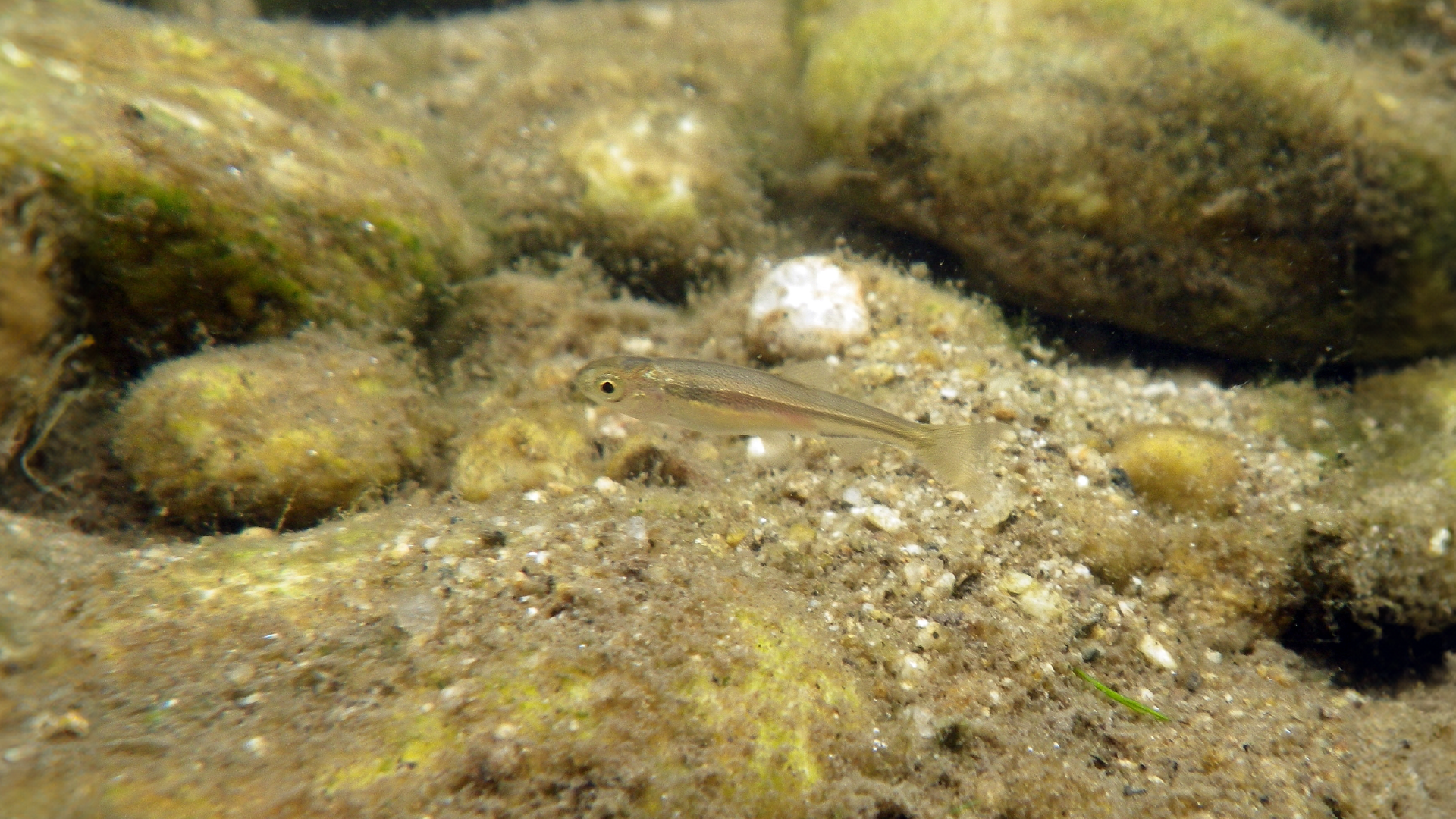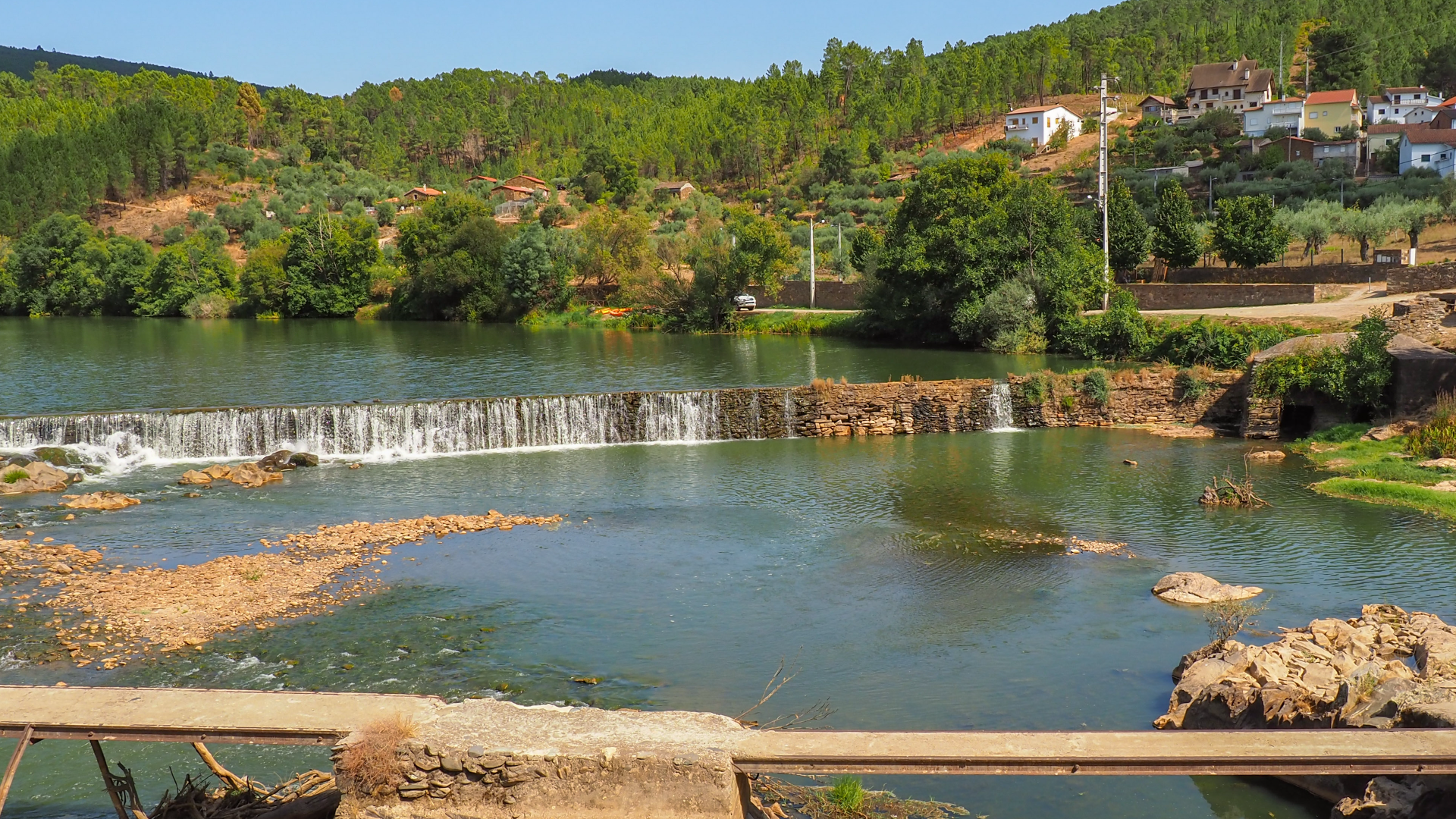Also known as river-nase or straight-mouth nase, the Iberian nase can be spotted all year round in streams and even in Portuguese dams. It can be found also in areas with abundant riparian vegetation, such as Barroca da Serra – Penamacor, currently under The Navigator Company management.
The Iberian nase holds the “Least concern (LC)” conservation status and is considered a very common freshwater fish in Portugal, perhaps given its status of both endemic and resident species of the Iberian Peninsula. Oddly enough its scientific name Pseudochondrostoma polylepis is longer than its common name, probably thanks to its elongated body, longer than that of its cyprinid relatives. Medium-sized, it has a prominent muzzle, an intricate mouth and fins with a silver tint. In turn, scales are small and its average weight does not exceed 400 to 500 grams.
Habitat: adapts easily to different types of water systems and can be found in cold and well-oxygenated waters, although it occurs mostly in small watercourses with moderate to strong currents. It can also occur in the reservoirs of Portuguese dams, where it is seen quite frequently.





